how do brakes work on a train
In this small tutorial we go through the basics of how train brakes work. Since it takes power to turn a generator the speed of the train now shoving the engine is retarded.
Electro Pneumatic Brakes The Railway Technical Website Prc Rail Consulting Ltd
The train brakes are released by admitting air to the train pipe through the engineers brake valve.
. He or she does this by pumping air into a. If the train accidentally uncouples the brakes will automatically apply fully-since all of the brake pipe pressure will be vented to the atmosphere through the disconnected pipe. Charged the engineer can set the brakes on the entire train by bleeding air out of the brake pipe using a valve in the locomotive cab.
The compressor on the locomotive charges the main reservoir with air at 125140 psi 8697 bar. First of all the trains main braking system is the Air Brake. While the basic principle is similar to that on road vehicle usage operational features are more complex because of the need to control multiple linked carriages and to be effective on vehicles left without a prime mover.
When you push the function key to turn on the dynamic brakes on a DCC-sound-equipped model locomotive the sound you hear is those fans kicking in. Both the handbrake and the air cylinder move the linkage of rods and levers that apply the brake shoes to the wheels. Answer 1 of 4.
Brake cylinder of each car causes the brakes to move away from the wheels. Depends on the train and location. But the handbrake and the air cylinder work independently of each other.
If they are both applied at the same time they duplicate their effort. In normal braking the pressure in the train pipe does not reduce to zero. On a typical loco.
Us freight railroad brakes use a pressurized air line to supply reservoirs on each car. Trains ususally have multiple braking system as their backup. You can hear the sound of the air come out psssssh of the truck or big bus when they stop the car.
When there is a dip in pressure in that line from an application or a hose break it trips a valve on the reservoir and sends a corresponding increase in air pressure to the brake cylinders. For db the electricsl circuits are re-arranged turning the motors themselves into generators. Inside each cylinder attached to the pistons is a chain called rigging which applies the brake blocks to the treads of the wheels.
The resistance of the motor field acts as a brake on the locomotive which in turn helps to slow the train. To apply to. According to The Railway Technical Website each cylinder on a piece of rolling stock has a piston within which pushes the air out of the cylinder and forces the brakes to apply.
This power is wired to the traction motors on the trucks for power. When the train reaches flat land the engineer disengages the dynamic brake which turns the fans off fires up the prime mover and begins sending current to the traction motors again. For the train to actually move the operator has to disconnect this air tank.
Consist dc we start with 2-300 amps and increase the. A railway brake is a type of brake used on the cars of railway trains to enable deceleration control acceleration downhill or to keep them immobile when parked. Locomotive air brake systems are manually controlled by two brake valves which work together but have different functions and both when in controlling or trailing position in a locomotive consist automatically in response to reductions in brake pipe pressure initiated by any cause other than use of that locomotives brake valve.
Pushing the brake pedal opens a valve to let air flow from the air tank through the airlines to a brake chamber. The brakes apply whenever the air pressure in the brake pipe drops. The electric current generated by the motors in the dynamic-braking mode is a waste product and is dissipated as heat in banks of.
The compressed air is transmitted along the train through a brake pipe or in North America a train line. A What are independent brakesb What are auto brakesc What re dynamic brakesd. But either one can be applied without applying the other.
The air brake system on a train works by the linkage of all the carriages or trucks from the engine and works by not pushing on the brakes but instead it holds them off until the pedal is pressed and the air is prevented and the brakes lock on. Not the planes one but the trucks one. How do electric train brakes work.
Essentially the brakes are always on.
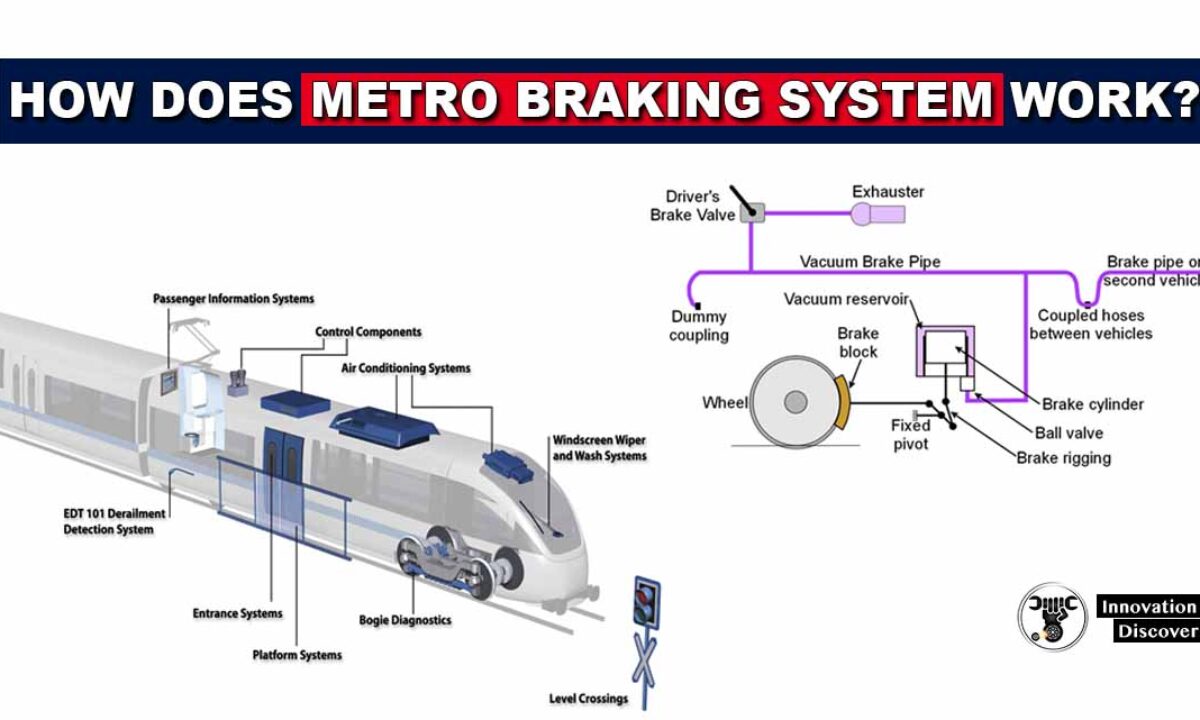
What Type Of Braking System Used In Metro Trains How Does Metro
Bogies The Railway Technical Website Prc Rail Consulting Ltd
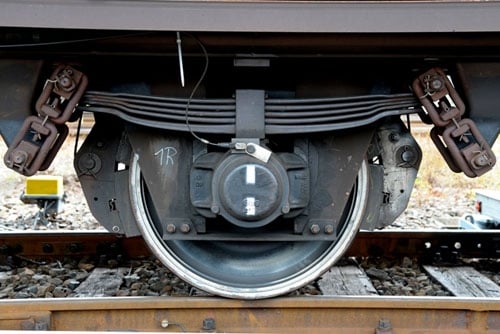
A Life Cycle Approach To Braking Costs International Railway Journal
What Is A Vacuum Braking System Quora
Why Can T Trains Stop Quickly Quora
Vacuum Brakes The Railway Technical Website Prc Rail Consulting Ltd

Couplers Brakes The Transcontinental Railroad

Howstuffworks How Brakes Work Anti Lock Braking System Brake System Brakes
Electro Pneumatic Brakes The Railway Technical Website Prc Rail Consulting Ltd
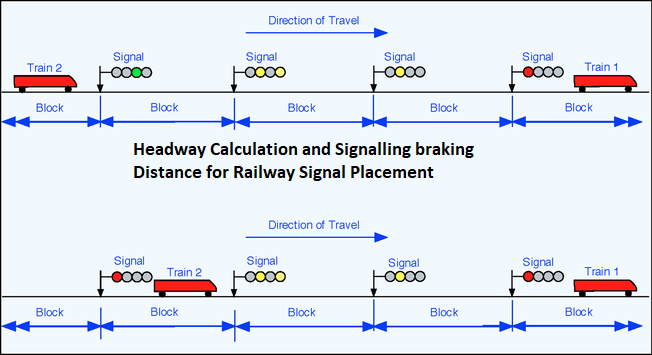
Headway Calculation And Signalling Braking Distance For Railway Signal Placement Railway Signalling Concepts

How Does Regenerative Braking Work Skill Lync Youtube
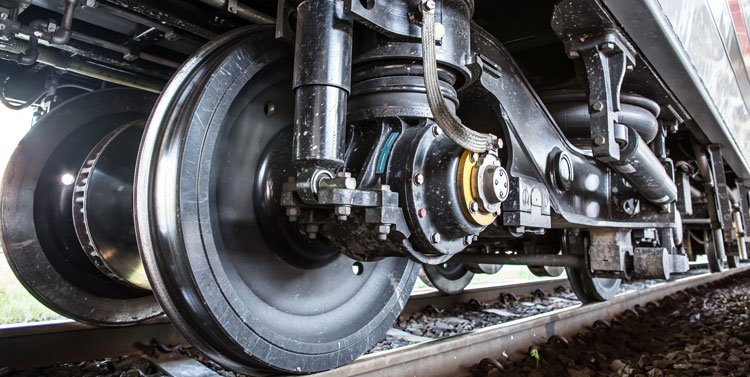
Train Braking Performance Determination Global Railway Review
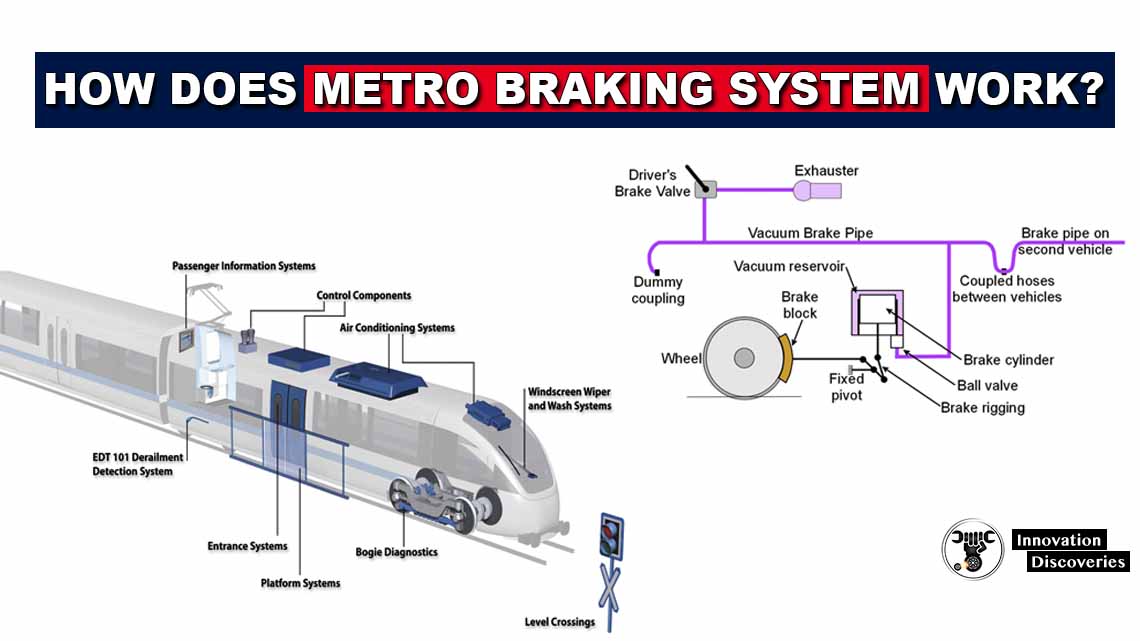
What Type Of Braking System Used In Metro Trains How Does Metro
Vacuum Brakes The Railway Technical Website Prc Rail Consulting Ltd
Vacuum Brakes The Railway Technical Website Prc Rail Consulting Ltd

What Is Train Air Brake Trainairbrake Introduction Of Train Braking System Lhb Train Brake Youtube
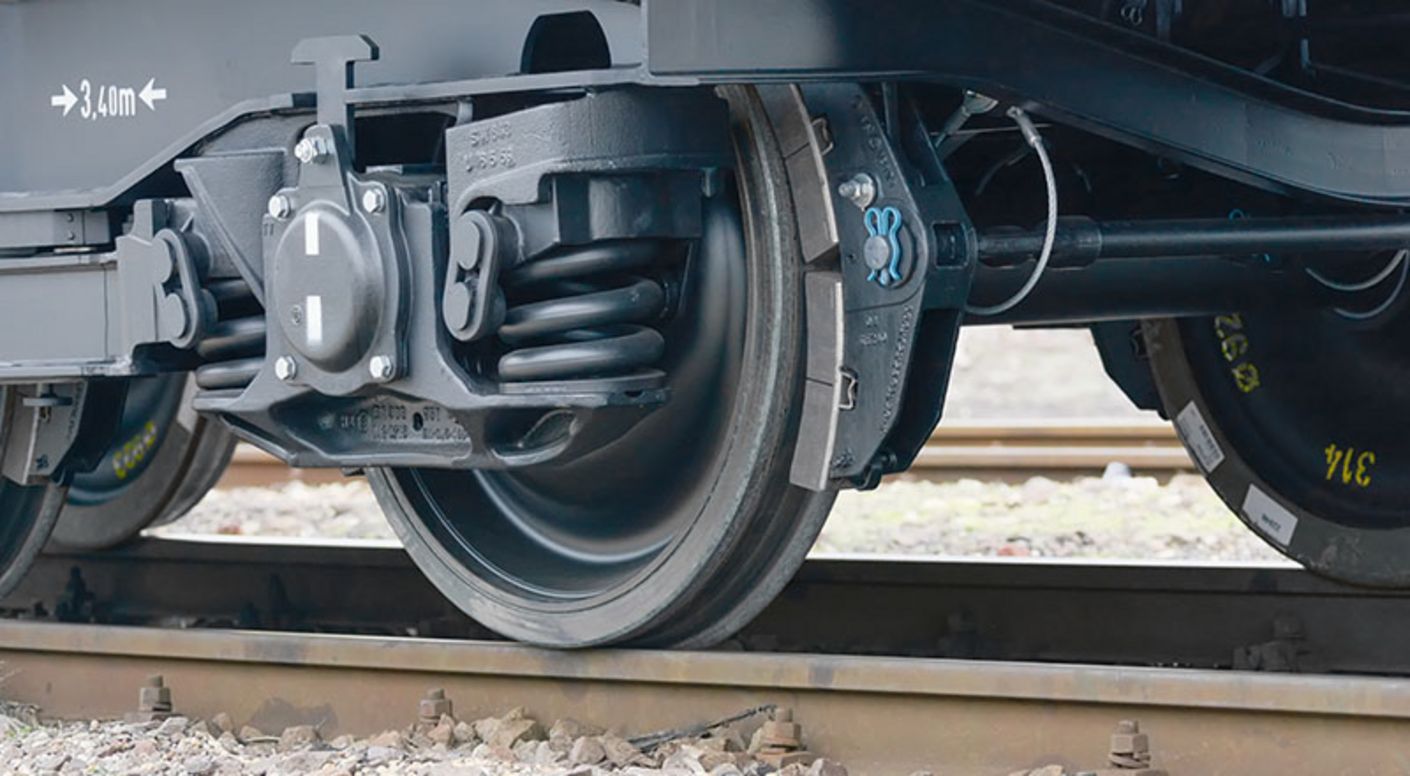
.jpg)